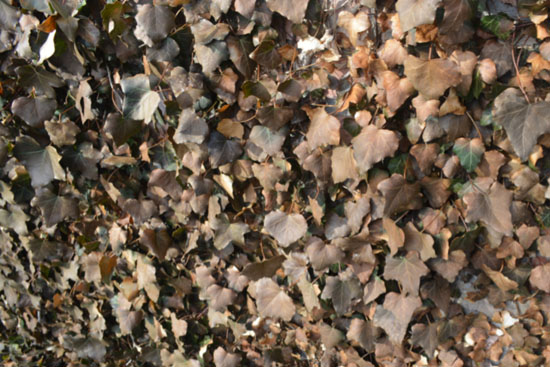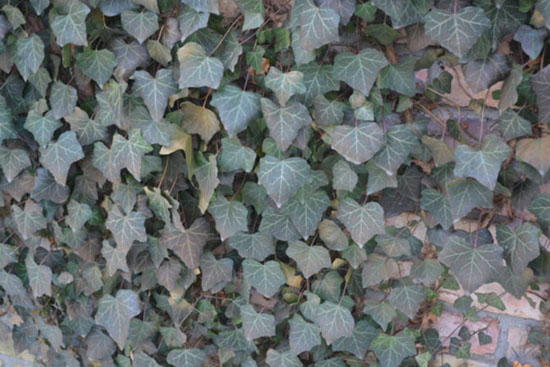Issue 1, April 28, 2014
Have Patience With Plants Injured During the Winter
Welcoming spring temperatures have finally arrived and allowed us to return to our gardens and landscapes. Even with onset of the nice weather, the harsh conditions of the past winter are still fresh in our memories. One of the major concerns we have entering the growing season is how the harsh winter may have affected the plants in our landscapes.
Aside from any mechanical damage caused by ice, snow, or animals; evergreens have been the first to display symptoms of winter injury in the form of winter desiccation. Needled evergreens affected by winter desiccation commonly show symptoms of yellowing or browning needles starting at the tips. Damage is usually most evident on the side of the tree exposed to prevailing winds, but can also appear on portions exposed to intense sunlight. Broadleaved evergreens such as boxwood, rhododendron, holly and English ivy have also shown symptoms of winter desiccation. Damage to boxwood is discussed in a separate article within this newsletter.

English Ivy (Heder heix) severely damaged by winter desiccation. This plant was located in a sunny area exposed to prevailing winds.

English Ivy (Hedera helix) with minor symptoms of winter desiccation. This plant was located in an area protected from wind and winter sun.
Many deciduous trees and shrubs, though dormant, were also damaged over the course of the winter. The hardiness of plant will provide an indication of the likelihood of damage. Those of us that may have tried to "stretch the hardiness zone" with some unique but marginally hardy landscape plants will likely see and have to accept significant damage and loss. The extent of damage will vary based on the hardiness of specific plant tissues. Flower buds are often the most tender of the aboveground tissues. Some of the less cold-hardy cultivars of Forsythia provide a good visual example of this. The flower buds of the forsythia may be killed by cold temperatures while stems and vegetative buds are unharmed. Affected forsythia plants flower abundantly at the base where snow insulated the flower buds from extreme cold temperatures, but may flower sporadically or not at all where buds were exposed to the cold. For many plant species, the vegetative buds and branches tend to be more tolerant of cold temperatures, yet they can still be damaged. Damaged branches and shoots typically are off color and have a desiccated or wrinkled appearance. Living branches will have light colored inner tissues when gently scratched. A dead branch will typically have brown or dark colored inner tissues. Root tissues are the most sensitive to cold temperatures. However, damage rarely occurs because soil temperatures are moderated and usually much higher than air temperatures. Cold injury to roots is more likely to occur to plants being grown in containers or raised beds.
Have patience with plants that have been suspected to be damaged over the winter and give the plant time to recover. By late spring and early summer any plants that survived should have developed new leaves and shoots. At that time you should have a better idea of what needs to be pruned and what needs to be replaced. (Travis Cleveland)
Author:
Travis Cleveland